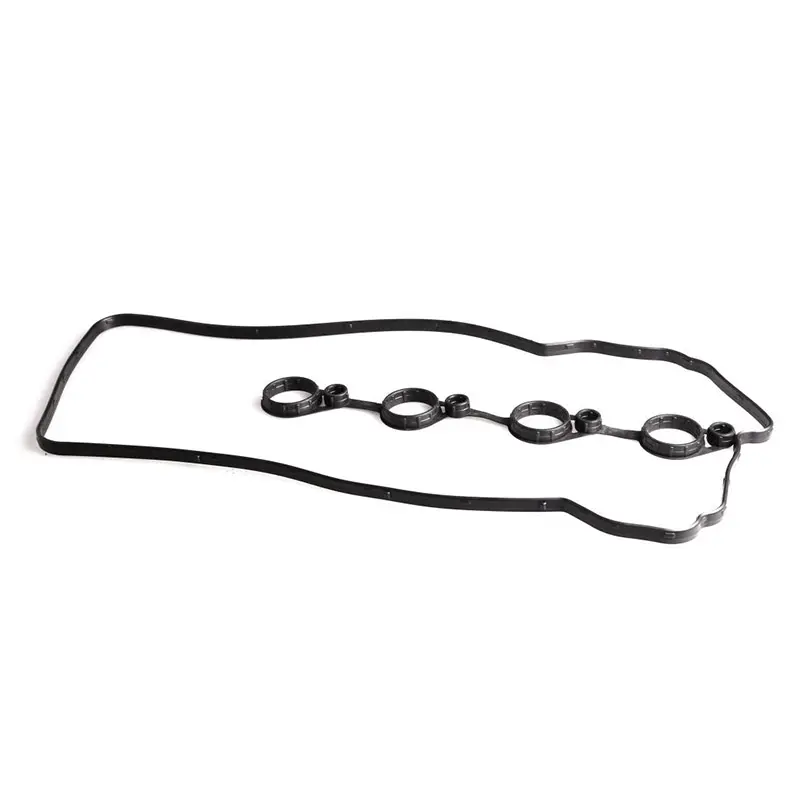8 月 . 13, 2024 00:26 Back to list
Choosing the Right Valve Cover Gasket and Head Gasket for Your Engine Needs
Understanding Valve Cover Gaskets and Head Gaskets Essential Components of Your Engine
In the complex world of automotive engineering, gaskets play a pivotal role in the proper functioning of combustion engines. Two critical types of gaskets are the valve cover gasket and the head gasket. Although they serve different functions, understanding both can help in maintaining your vehicle and ensuring optimal performance.
What is a Valve Cover Gasket?
The valve cover gasket is located on top of the engine, sealing the valve cover to the cylinder head. Its primary function is to prevent oil leaks from the engine, as it keeps the engine oil contained within the valve cover. The valve cover itself protects the engine's internal components and allows for proper circulation of oil, ensuring that the engine runs smoothly.
Over time, the valve cover gasket can deteriorate due to heat, oil exposure, and age, leading to leaks. Symptoms of a failing valve cover gasket include oil spots under the vehicle, a burning oil smell, and increased oil consumption. If left unaddressed, these leaks can lead to more significant engine problems, such as a loss of lubrication and camshaft wear.
What is a Head Gasket?
The head gasket is a crucial component located between the engine block and the cylinder head. Its primary function is to create a seal that prevents the leakage of coolant and combustion gases. A head gasket ensures that the engine maintains proper compression and operates efficiently.
valve cover gasket head gasket

Head gaskets experience extreme conditions, including high temperatures and pressure from combustion. As a result, they are often subject to wear and can fail, characterized by coolant leaks, overheating, or loss of compression. Symptoms of a blown head gasket include white smoke from the exhaust, milky oil (often referred to as milkshake oil), and frequent coolant loss.
The Importance of Gasket Maintenance
Both the valve cover gasket and the head gasket are integral to the overall health of an engine. Regular maintenance can help identify potential issues before they escalate. For the valve cover gasket, checking for oil leaks and routinely inspecting the sealing surfaces can prolong its life. In contrast, maintaining the cooling system and ensuring the engine operates within its temperature range can help preserve the integrity of the head gasket.
When replacing these gaskets, it's essential to use high-quality OEM parts or reputable aftermarket options to ensure proper fit and durability. Additionally, professional installation can prevent errors, such as improper torque specifications or misalignment, which can lead to premature failure.
Conclusion
Understanding the roles of valve cover gaskets and head gaskets is crucial for any vehicle owner. Regular inspections and maintenance can help catch issues early, saving time and money in the long run. Whether you’re a mechanic or a car enthusiast, knowledge about these components not only empowers you to take better care of your engine but also enhances your appreciation for the intricate mechanics that keep vehicles running smoothly. When faced with symptoms of gasket failures, prompt action should be a priority, as both types of gaskets are vital for maintaining engine performance and longevity. In the world of automotive care, a little knowledge can go a long way in keeping your engine healthy.